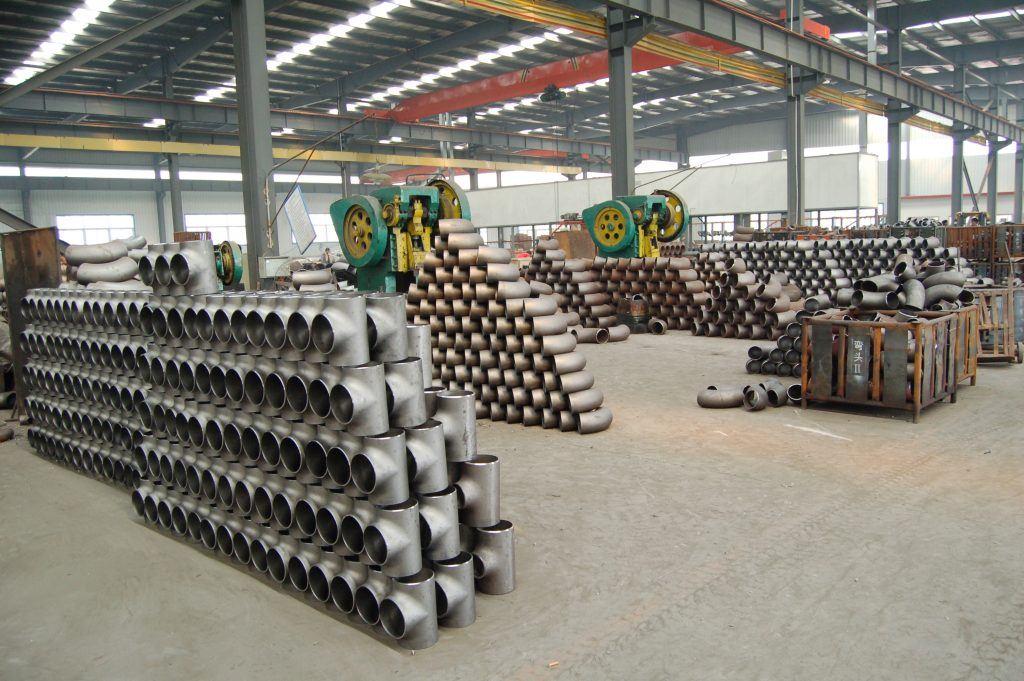Buttweld vs Socket Weld Fittings: Choosing the Right Connection Method
Introduction:
Buttweld vs Socket Weld Fittings: Choosing the Right Connection Method: In the realm of industrial piping systems, the choice of fitting connection method plays a pivotal role in determining the system’s integrity, efficiency, and overall performance. Buttweld and socket weld fittings are two prevalent methods that offer distinct advantages and are suited to different applications. In this blog, we’ll delve into the characteristics, benefits, and considerations of both buttweld and socket weld fittings to help you make an informed decision when choosing the right connection method for your specific requirements.
Understanding Buttweld Fittings:
Buttweld fittings are commonly used in piping systems where a permanent, welded connection is required. These fittings are designed to be welded directly to the pipe, creating a seamless and leak-proof joint. The ends of the pipe and fitting are beveled and then welded together, ensuring a strong and reliable bond. Buttweld fittings are available in a variety of shapes, including elbows, tees, reducers, and caps.
Advantages of Buttweld Fittings:
- Strength and Integrity: Buttweld connections provide exceptional strength and integrity due to the continuous weld along the joint, making them suitable for high-pressure and critical applications.
- Smooth Flow: The absence of crevices or gaps in the joint ensures a smooth internal surface, minimizing pressure drop and turbulence in the fluid flow.
- Clean Appearance: The welded joint offers a clean and neat appearance, making it suitable for applications where aesthetics are important.
- Resistance to Leakage: Buttweld fittings are less prone to leakage due to the robust, welded joint, reducing the risk of fluid loss or system failure.
Understanding Socket Weld Fittings:
Socket weld fittings involve a different connection method where the pipe is inserted into the socket of the fitting, and then a fillet weld is applied around the joint. This creates a strong and reliable connection that is well-suited for smaller pipe sizes and lower-pressure applications.
Advantages of Socket Weld Fittings:
- Ease of Installation: Socket weld fittings are relatively easier to install compared to buttweld fittings, as they don’t require complex welding procedures or special equipment.
- Space Efficiency: Socket weld connections are compact, making them ideal for applications where space is limited or when the piping system needs to be closely routed.
- Flexibility: Socket weld fittings allow for some degree of pipe movement or adjustment, making them suitable for systems that may require alignment changes.
- Reduced Welding Heat: Socket weld fittings involve a smaller weld area, resulting in less heat transfer during the welding process, which can be advantageous for heat-sensitive materials.
Choosing the Right Connection Method:
- Application and Pressure: Consider the application’s pressure requirements. Buttweld fittings are preferred for high-pressure systems, while socket weld fittings are suitable for lower-pressure systems.
- Pipe Size and Material: Socket weld fittings are commonly used for smaller pipe sizes, while buttweld fittings are suitable for a broader range of pipe diameters.
- Space and Design: Evaluate the available space and design considerations of the piping system. Socket weld fittings are more space-efficient, making them suitable for compact installations.
- Welding Expertise: Consider the welding expertise and equipment available. Buttweld fittings require specialized welding skills, while socket weld fittings are relatively simpler to weld.
Conclusion:
The choice between buttweld and socket weld fittings depends on a combination of factors, including application, pressure, pipe size, available space, and welding expertise. Both connection methods offer distinct advantages, and selecting the appropriate one will ensure the integrity, efficiency, and longevity of your piping system. By understanding the characteristics and benefits of each method, you can confidently make an informed decision tailored to your specific needs.
